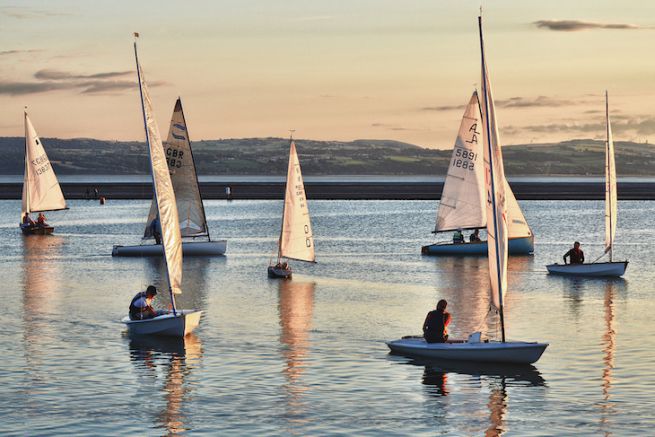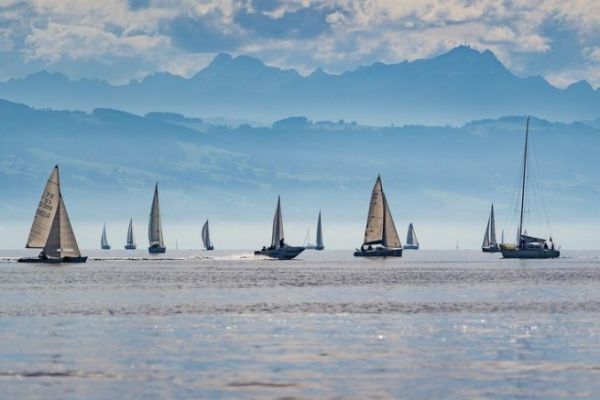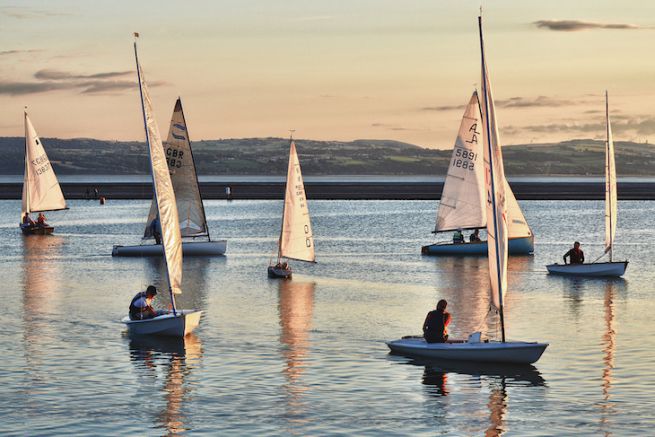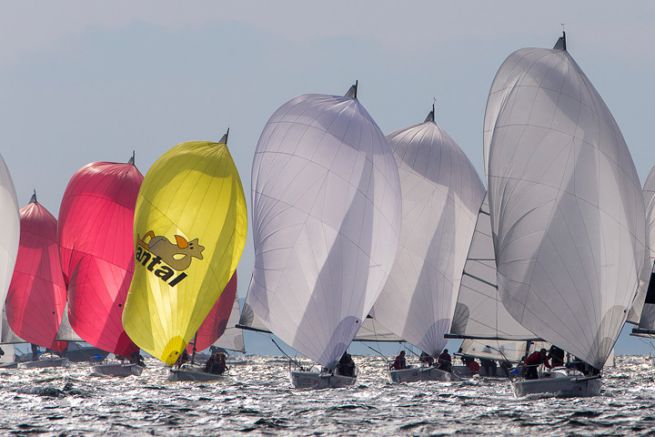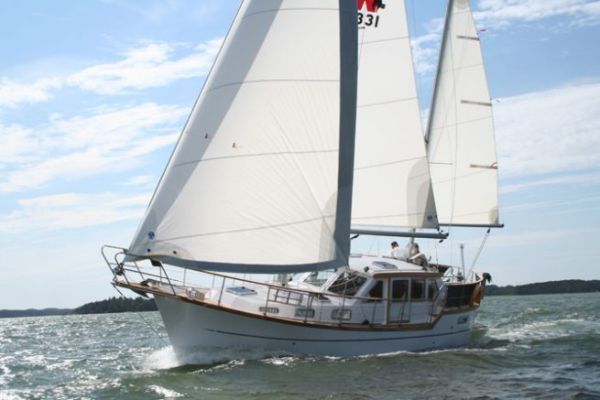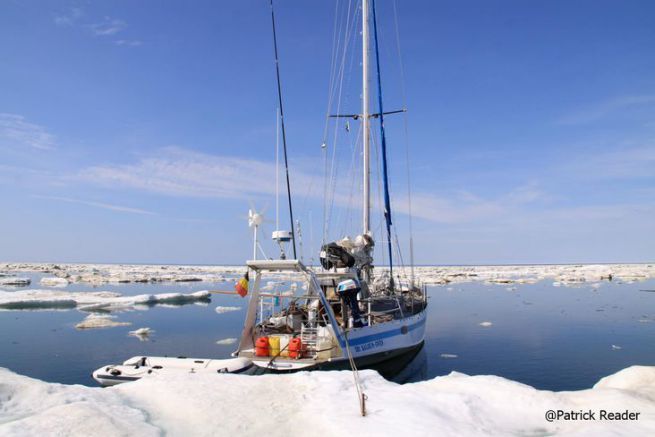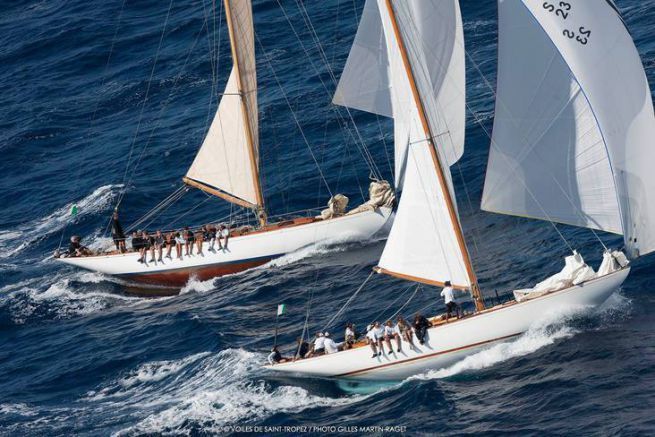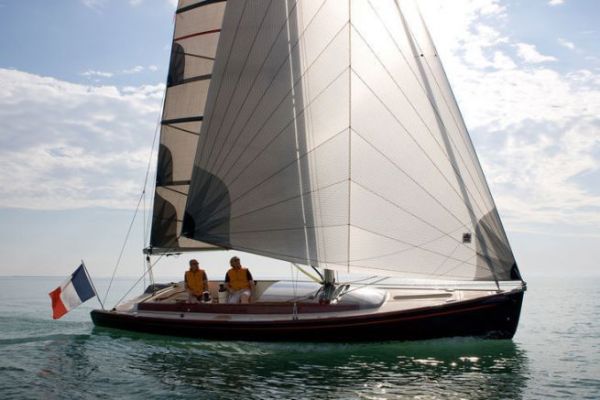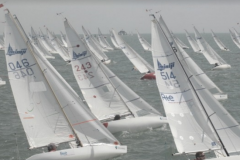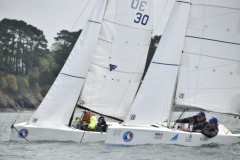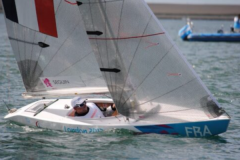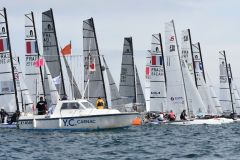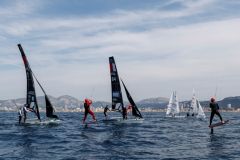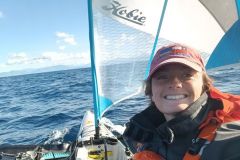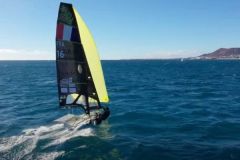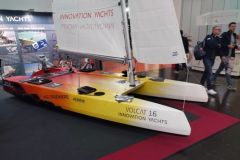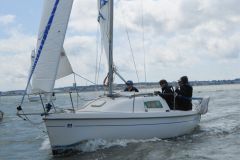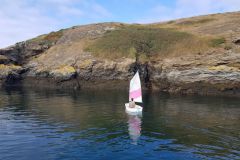Tentative definition
The origins of light sailing go back almost as far as the invention of the boat and man's need to be able to move about on water. Over the course of the previous century, dinghies, catamarans and sailboards were perfected. Between 1970 and 1990, the advent of composites and mass production popularized light sailing. Boating was discovered by families and schools alike, for pleasure and competition.
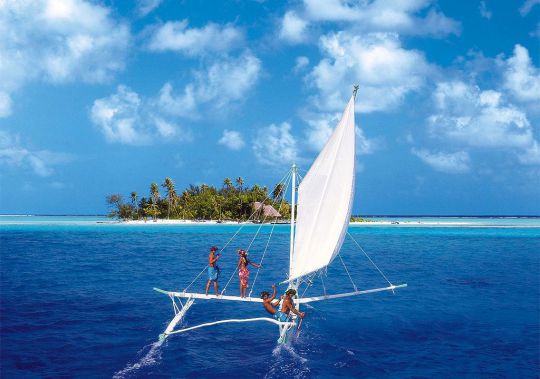
Navigation program
Lightweight means there's no keel, so you're the ballast. So, in light sailing, you move around to maintain stability. The crew is at one with the boat, and sailing can quickly become invigorating.
This choice of program is also an economic one. For an equivalent level of technology, a small boat will always be less expensive than a large one. The same applies to ease of maintenance, storage and transport.
In the competitive arena, the Olympics give light sailing a great deal of prestige, and showcase the finesse of our sailors, especially in one-design racing.
Outside the competition, we'll be cruising along the coast, getting as close to the rocks as we've ever been. You can also seek out the exhilarating sensations of planning, and sail at indecent speeds on small, ultra-high-tech sailboats.
Light sailing is very popular with sailing schools, as there's nothing more instructive than doing all the maneuvers yourself. To facilitate practice, the clubs welcome owners and their boats, offering a storage area, changing rooms and technical areas for DIY.
Light sailing is often a sporty, wet way of sailing that gives meaning to a neoprene suit, and offers unforgettable sensations in return.
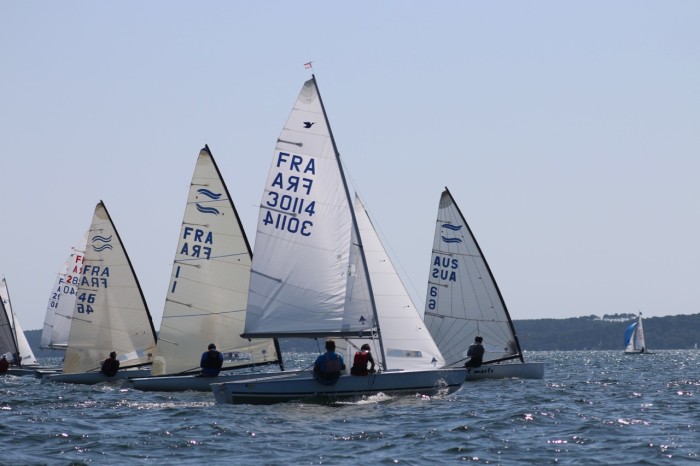
Current offer
Today, skiffs, multihulls and foils are revitalizing a market that has become as specialized as it has shrunk in volume. While specialists in the discipline have access to increasingly high-performance machines, the market is seeking out the general public, regretting the heyday of popularity.
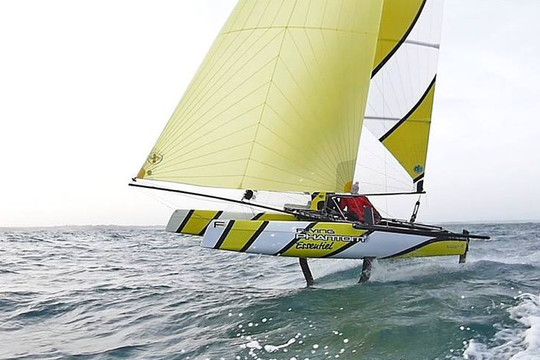
Fortunately, on the second-hand market there are many slightly older dinghies that can take you out on the water for less than ?1,000. Historic dinghies like the Optimist are still a huge success. Every year, 160,000 children, aged 7 to 14, from all over the world, sail this little sailboat. For 65 years, 150,000 boats have been officially registered in the class.
Features
By definition, light sailing is practiced with a light sailboat. The common characteristics will be :
- no keel,
- usually less than 6 m long,
- reasonable weight for easy launching,
- light rigs that can be handled by hand.
To help you visualize whether the dinghy you have in front of you is more or less sporty, the ratio of boat weight to sail area will give a good indication of the sporting behavior of a foiling Moth or a quiet caravel. In light sailing, you'll find monohulls, multihulls and windsurfers alike.
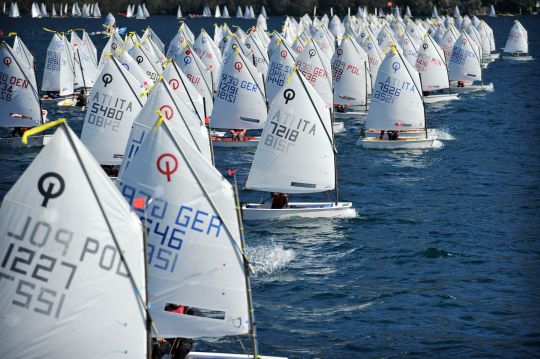
Practice
We sail mostly solo or double-handed. Light sailing is practiced by the sea, on lakes and by day.
This category includes
Historic boats like the caravel, Optimist, 5o5 and Hobie Cat 16, as well as contemporary models like the Open Bic, RS, Flying Phantom and foiling Moth.
